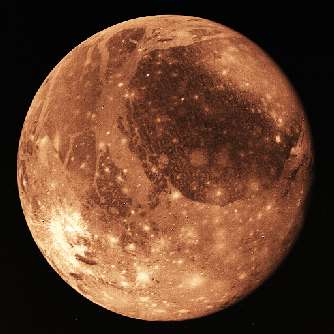Astronomy Picture of the Day
Discover the cosmos! Each day a different image or photograph of our fascinating universe is featured, along with a brief explanation written by a professional astronomer.
September 4, 1995

Ganymede: Moonquake World
Credit:
NASA,
Voyager